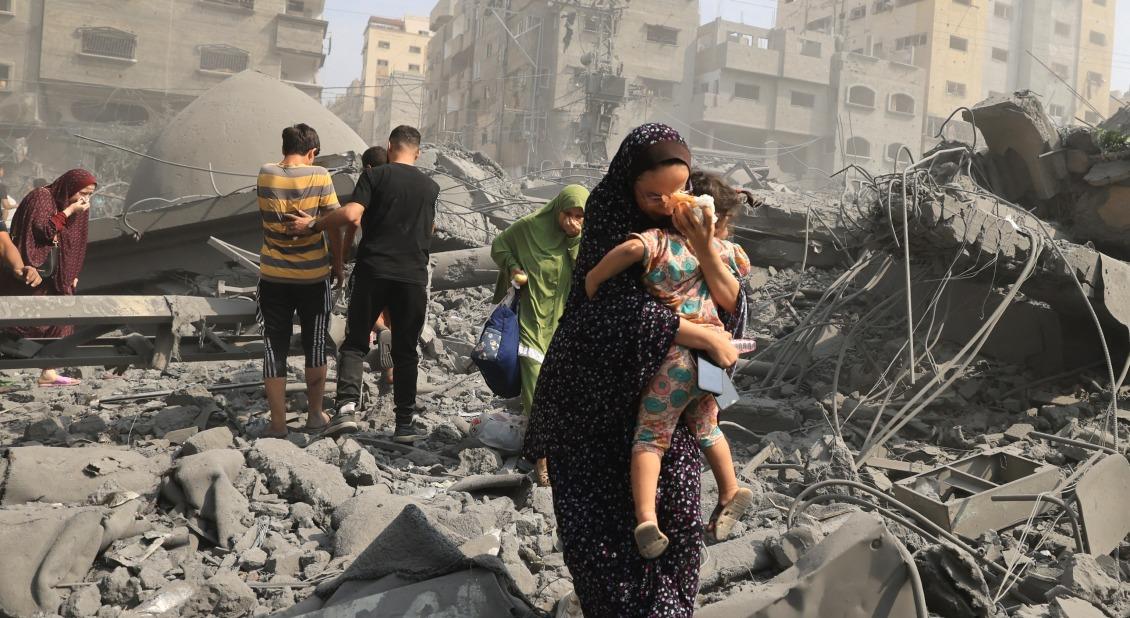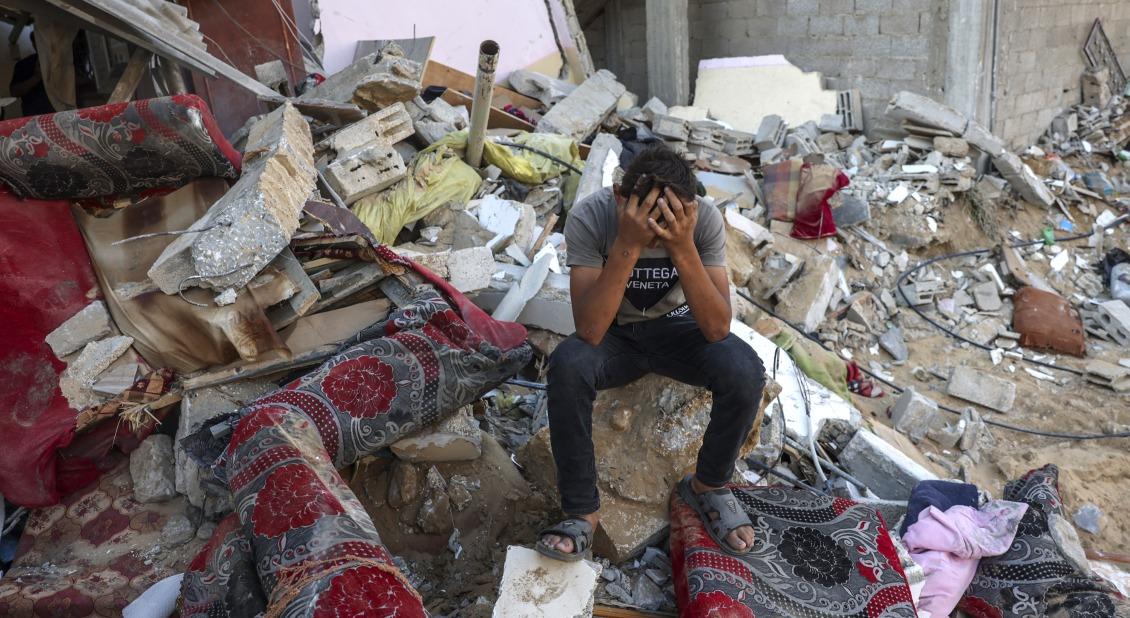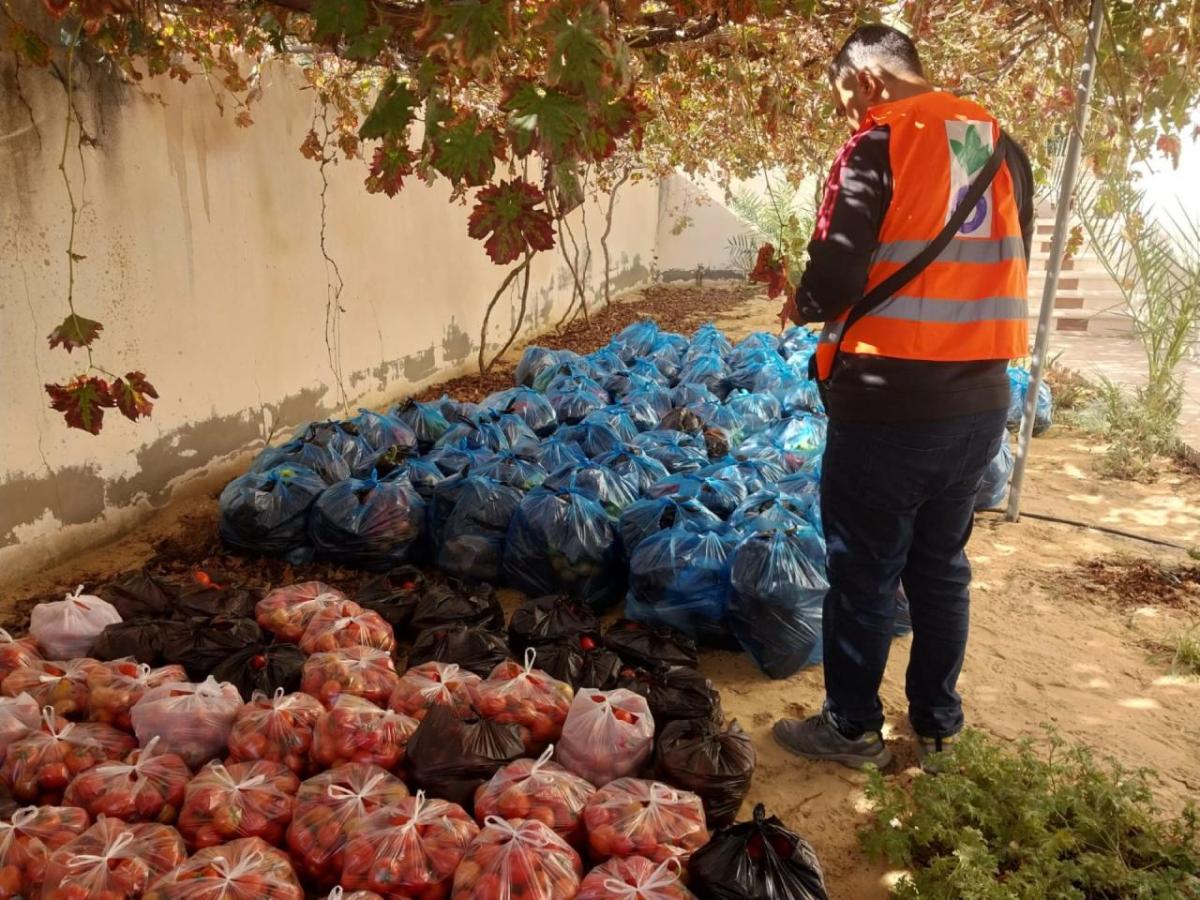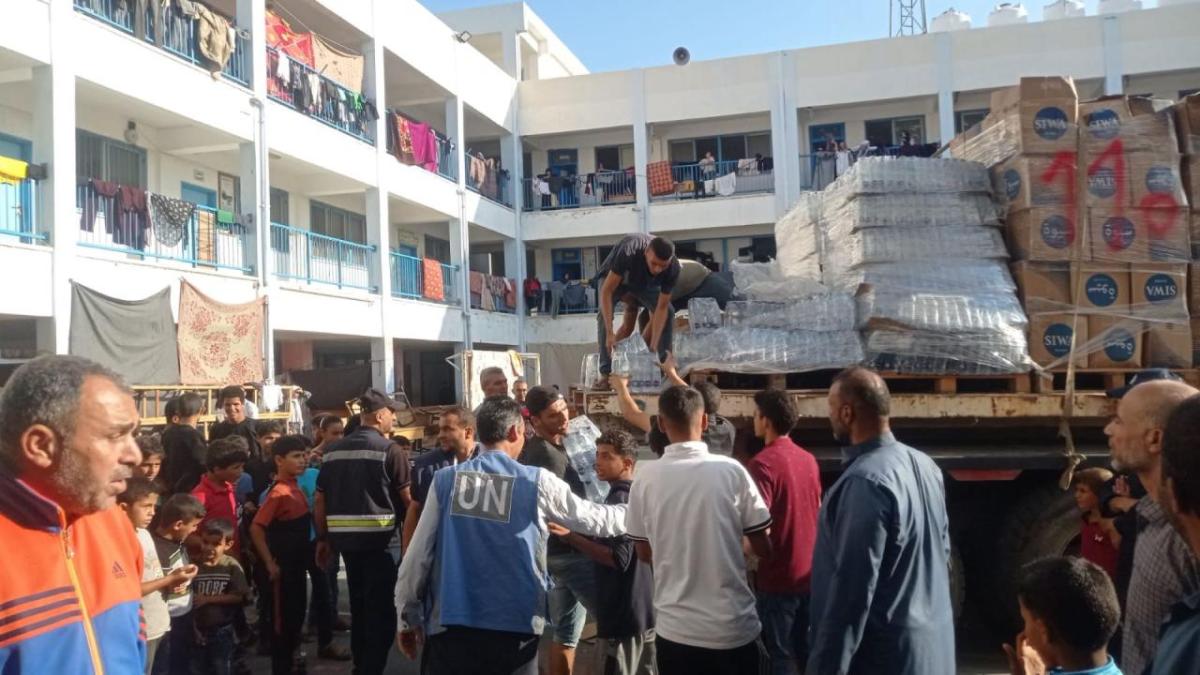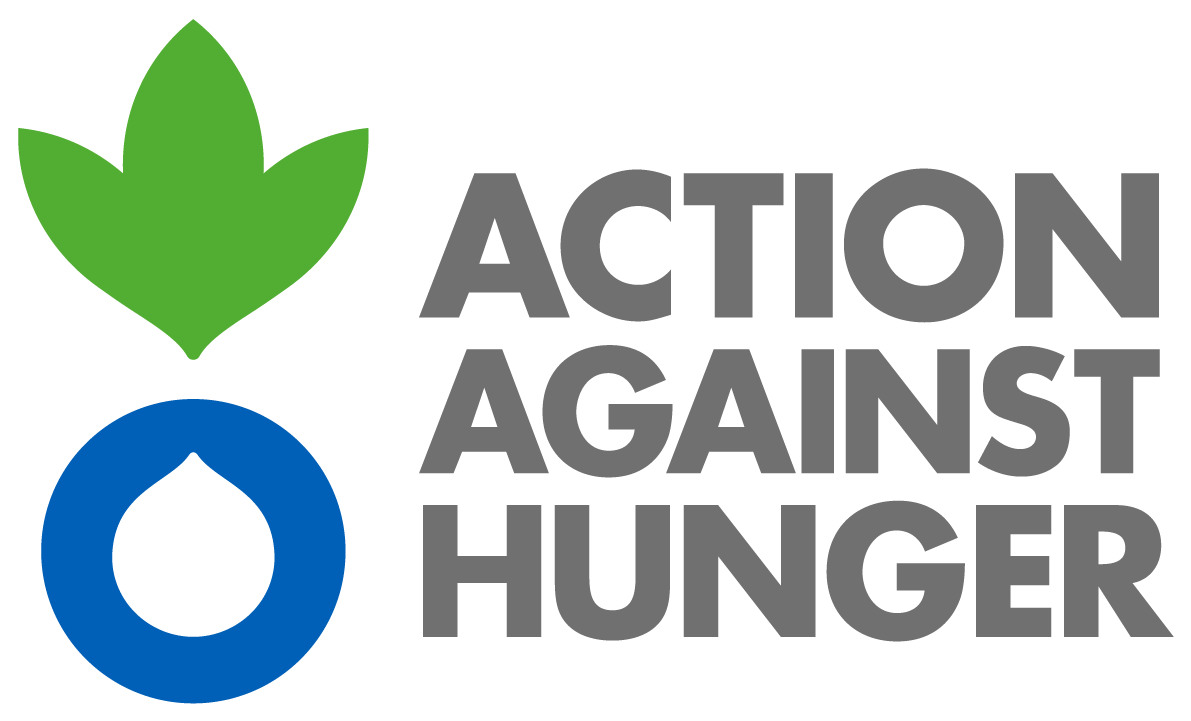“Catastrophic” Hunger Crisis Declared in Gaza by International Food Security and Nutrition Experts
Ability to deliver humanitarian assistance severely limited due to ongoing blockade and bombardment
December 21, 2023 /3BL/ - Parts of Gaza are at high risk of famine according to a new report released today, which classified 378,000 people as facing “catastrophic levels of acute food insecurity.” By early February, this number is projected to rise to over half a million. The new report is from the Integrated Food Security Phase Classification (IPC) Famine Review Committee, a panel of independent international food security and nutrition experts, including members of the United Nations, government leaders and NGOs, including Action Against Hunger, a global nonprofit leader in the movement to end hunger, which has been operating in Gaza since 2005.
According to the report, the risk of famine increases each day that hostilities intensify and restricted humanitarian access persists. Famine is defined as “an extreme deprivation of food,” potentially causing death.
Gaza is one of the world’s most densely populated areas, with 2.2 million people, half of whom are children. Food insecurity is so extreme that virtually every household in Gaza lacks enough food to meet daily needs. 80% of families in the north and half in the south go days and nights without eating anything at all.
“The combination of incessant shelling, shortages of food, water, fuel, and the inability of humanitarian agencies to operate in Gaza has caused this desperate situation,” says Chiara Saccardi, Regional Head of Action Against Hunger in the Middle East. “The UN and humanitarian organizations have been warning for weeks about the need to remove barriers to humanitarian aid entering Gaza to avoid this reality. Hunger should never be used as a weapon of war."
“Everything we are doing is insufficient to meet the needs of two million people. It is difficult to find flour and rice, and people have to wait hours to have access to latrines and to be able to wash themselves. We are experiencing a level of complexity in this emergency like I have never seen before,” says Noelia Monge, Head of Emergencies for Action Against Hunger, who recently returned from the region. “There are no supplies in the local market, and we can no longer reach areas in the North due to fighting and lack of transportation. It is a desperate situation.”
There have only been two famine declarations in this century: parts of South Sudan in 2017 and Somalia in 2011. Parts of Gaza are now in IPC Phase 5 (catastrophic hunger crisis), and the high risk of famine affects northern Gaza and thousands of internally displaced people in the south of the Gaza Strip. In the coming months in Gaza, more than 1.1 million are projected to be in IPC Level 4 (Emergency), comprising 50% of the population. The entire population of the Gaza Strip is projected to be classified as IPC Phase 3 (Crisis) or above.
Along with a hunger crisis, the conflict has led to the displacement of almost 2 million people—nearly the entire population—and the death of 19,000. One third of all buildings have been destroyed, and 52,000 are injured. Many others are lost and lie buried under the rubble.
This extreme degree of hunger is driven by severe conflict and can only be reversed with increased humanitarian access. Despite the dangers, Action Against Hunger is still working in parts of Gaza to distribute water, fresh fruit and vegetables, and diapers for children, as well as providing sanitation services and installing latrines.
“Our organization can continue to operate in Gaza, even if only minimally, because we have been working there for many years and we know the suppliers well,” says Monge. “We have an exhaustive mapping of where we can get supplies and a high mobilization capacity supported by local staff. But if trucks can’t get in and there is no fuel, food and water distribution will become virtually impossible.”
Right now, safe humanitarian access to people in need is more critical than ever, but since the short seven-day pause in fighting ended on Dec. 1, the escalation of attacks, particularly in southern Gaza, has forced most humanitarian organizations to reduce their operations to a minimal level, insignificant compared to the needs.
When people suffer extreme food shortages, there are severe consequences, including death, severe pain, electrolyte imbalances, apathy, fatigue, physical and psychological deterioration, tissue degradation, and damage to key organs.
In addition to the lack of food and water, basic supplies such as diapers, wipes, and soap are also extremely limited. “Mothers are caring for their children with diarrhea, sometimes with blood, no water, no wipes, and no diapers. People are angry, depressed, and desperate because of the situation they live in. They are very afraid,” says Saccardi.
The health system has collapsed, and attacks on hospitals have left much of Gaza’s population without access to any treatment. There are no basic medicines left. Cases of Hepatitis A have been reported, and diarrhea and lice are common among the population. In overcrowded spaces with no water or sanitation facilities, this is just the beginning of a health crisis on the brink of explosion.
Action Against Hunger is once again calling for a permanent ceasefire to prevent people from dying of hunger and disease. Children, the sick, and the elderly are most at risk.
“We must act now,” says Saccardi. “Ending conflict is a prerequisite for a meaningful humanitarian response in Gaza, as well as for securing humanitarian access and being able to deliver a massive, multi-sectoral response as soon as possible. We are no longer in the warning phase —we have reached the point of catastrophe.”
About Action Against Hunger
Action Against Hunger leads the global movement to end hunger. We innovate solutions, advocate for change, and reach 28 million people every year with proven hunger prevention and treatment programs. As a nonprofit that works across 55 countries, our 8,900 dedicated staff members partner with communities to address the root causes of hunger, including climate change, conflict, inequity, and emergencies. We strive to create a world free from hunger, for everyone, for good.

